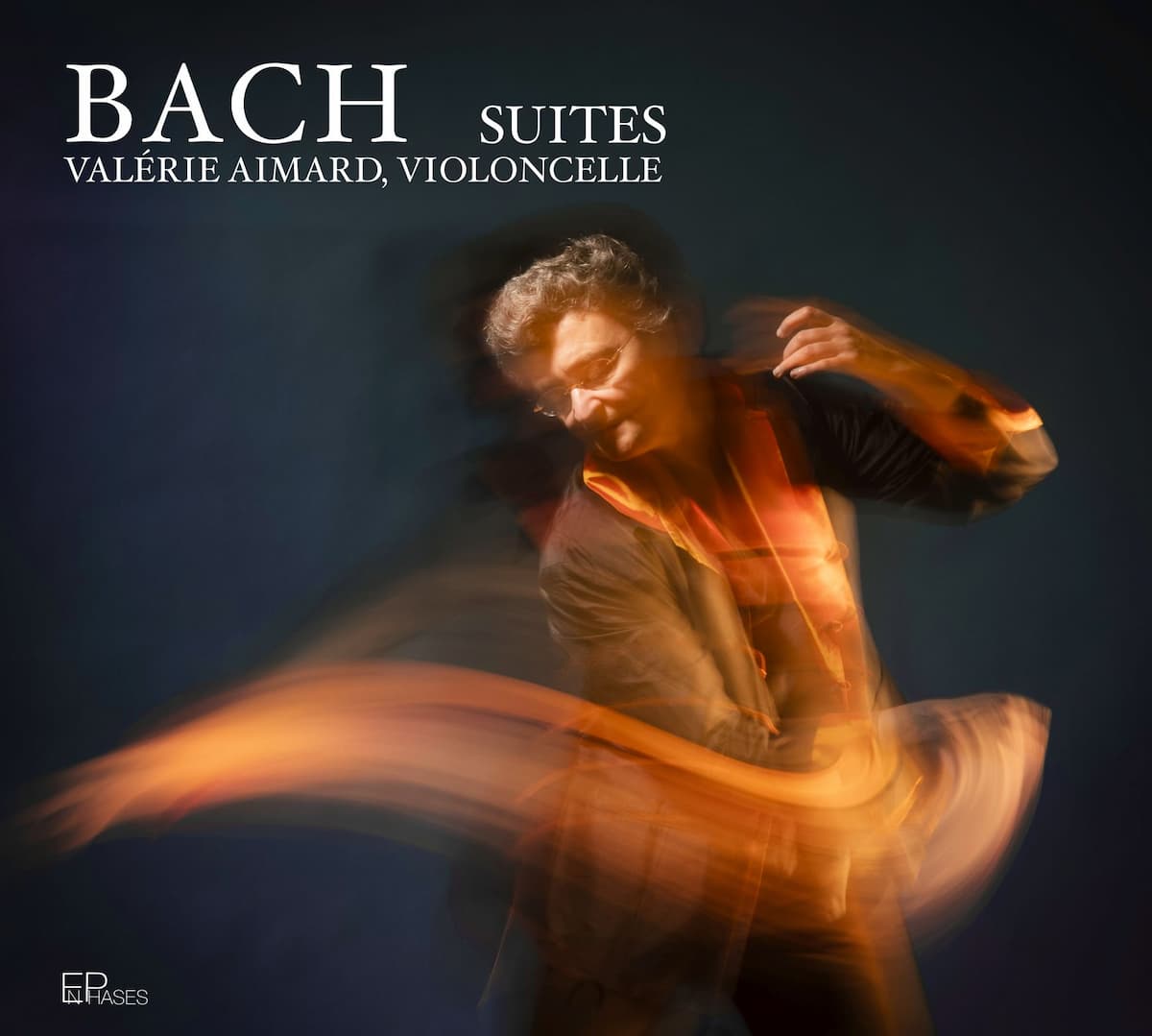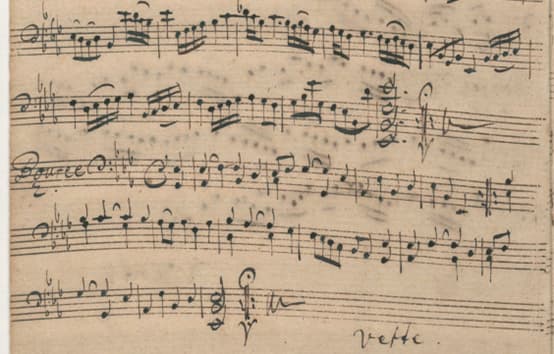We’ve checked in with cellist Valérie Aimard a few times over the past few years and have noted with interest how much she has done for the world of cello. Her YouTube Channel, Only Cello, a recorded anthology of cello music from the 17th to 21st centuries, was followed by her channel of cello music for children, Cello Kids. We also talked about her work in the very French field of mime and how she was gradually bringing her two interests together.
The cover of her new album, a recording of Bach’s solo cello suites, seems to encapsulate those two careers in one: Valérie stands as if to play, her left hand poised as on the fingerboard and her right hand making a magnificent gesture. The cello itself isn’t needed because it’s contained in her stance and gestures.

(photo by Steve Murez)
The problem with recording a work such as the Bach solo cello suites is that so many people have gone before. In her liner notes, Valérie speaks about just the first four bars as being both universally well-known and also being the most challenging.
J.S. Bach: Cello Suite No. 1 in G Major, BWV 1007 – I. Prélude
We spoke with Valérie about this new recording and how it came about. She’d played the complete suites in concert 4 or 5 years ago and then got involved with the extensive video recordings of Only Cello and Cello Kids. Finally, in her words ‘It’s Time to Do Bach!’ After her nearly 200 recordings of cello music for YouTube, she wanted to go back to the fundamentals: a CD release with real sound.
She’s recorded the entirety of the six cello suites but approached it with her dramatic training in mind: each work should have its own character and each dance within the work should contribute to that character. She may be playing 6 Préludes, and 6 Allemandes, and 6 Courantes, etc., but they are all different.
Valérie emphasized that she takes life at her own pace and that she isn’t into the modern-day rush: this results, as she says, in one of the longest recordings of the Suites – coming in just over 2 hours, 30 minutes. She likes to breathe, take time, and in doing so, has produced a truly thoughtful recording.
One of her most striking performances is of the second Bourée of Suite No. 4 in E flat minor.
J.S. Bach: Cello Suite No. 4 in E-Flat Major, BWV 1010 – V. Bourrées I & II
The first Bourée is an ‘overdeveloped dance with an obstinate rhythm’, as Valérie says. In the original manuscript, copied by Anna Magdalena Bach, Bourée I is 8 lines long with a da capo repeat. Bourée II (at 03:00), on the other hand, is a miniature dance: only 3 and a half lines in the score, with a repeat after the first 4 measures and another after the next 7 measures. She plays it not as she did Bourée I, but as a purely pizzicato piece. She said she’d been listening to the lute version of the fifth suite and was inspired both by what she’d heard and by the change of style for Bourée II. The result is that we hear this dance with a real contrast in the middle, rather than like one running dance.

Anna Magdalena Bach: Bach Cello Suites MS (detail), ca. 1727–31 (Staatsbibliothek zu Berlin: Mus.ms. Bach P 269)
We also talked about the 6 Sarabandes on the recording: the tempo makes the works more like a long slow breath and they offer a great contrast with the preceding running dance, the Courantes. She regards the Sarabandes as the keystones for each Suite, falling in the middle of each suite, as a kind of slow meditation. They’re not dances as much as thoughts about dancing.
For Suite No. 5 in C minor, the Sarabande was played with a mute, making it even more introspective.
J.S. Bach: Cello Suite No. 5 in C Minor, BWV 1011 – IV. Sarabande
In creating this two-CD set, Ms. Aimard faced a problem that has confronted recordings from the very first – how to fit everything into the permitted space. The choice of tempos and her choice to take all the repeats meant that she couldn’t put the suites on the two discs in order; they instead appeared as Suites 1-2-6 on CD 1 and Suite 3-5-4 on CD2. Since the order was lost, she looked further at the order on CD2. Yes, they could be put on there as 3-4-5, but she made the choice to switch the tragic 5 for the majestic 4 (in E flat major) and so ends in triumph.
J.S. Bach: Cello Suite No. 4 in E-Flat Major, BWV 1010 – VI. Gigue
Another parallel is that the last movement on CD 1, Suite No. 6’s Gigue, ends with ornamentation that she’s added….as does the last movement on CD2, Suite No. 4’s Gigue.
We asked Valérie what was next, and she said an adamant NO! to any idea of recordings. After her nearly 200 recordings for YouTube and the 36 works here, which required so much of her time and thought to perfect, she’s content to play the Bach for the launch and any subsequent performances. She’s currently working on a cello method for grades 5-8, which she considers a summary of what you need to learn. She pairs the technical aspects with pieces that will be new to many cellists and cello teachers. This is expected to be published in 2025 by Édtions Billaudot in Paris.
This recording is a wonderful addition to the long history of Bach’s cello suites. In her program notes, Valérie lays out an interesting chronology: she’s recording ‘an essential 18th-century work with a 17th-century cello, a 19th-century bow, a 20th-century string set-up’, by ‘a cellist who is resolutely trying to be of her time in the 21st century…’. Her cello, made in 1694 in Milan, probably by Grancino, dates from 30 years before Bach’s composition, and her bow dates from 1850 (Joseph Henry). We discussed the recent recordings that use Baroque bows and Baroque-era gut strings and she said that she felt it was up to the performer to perform the music, not the instrument. The Bach Cello Suites date from 300 years ago and every cellist who performs them is just a small part of a very long history. Join the long artistic path to see how Valérie contributes to that history.
Bach Cello Suites
Valérie Aimard
ENPHASES ENP014, to be released 6 October 2023.
Here are more details about “Only Cello” and “Cello Kids”:
Only Cello With Valérie Aimard
Not the Cello You Started With
An Interview with Valérie Aimard
A Million Views!: The Success of Cello Kids
For more of the best in classical music, sign up for our E-Newsletter

